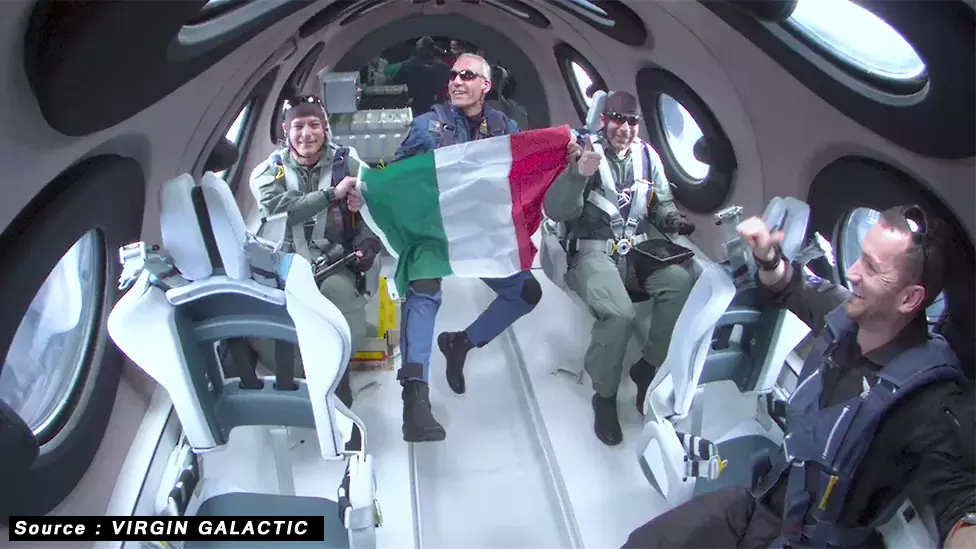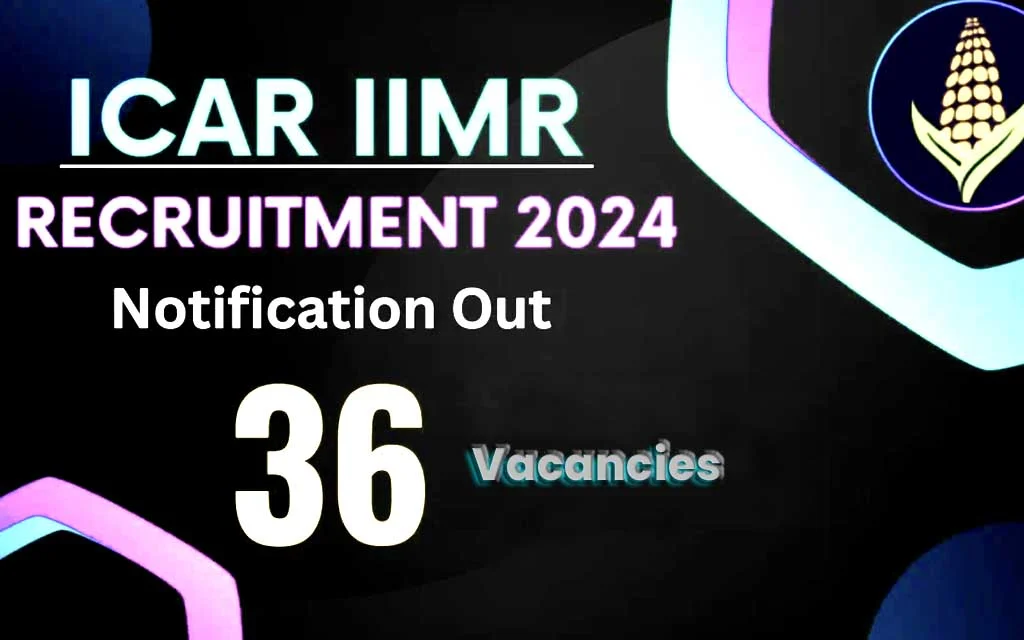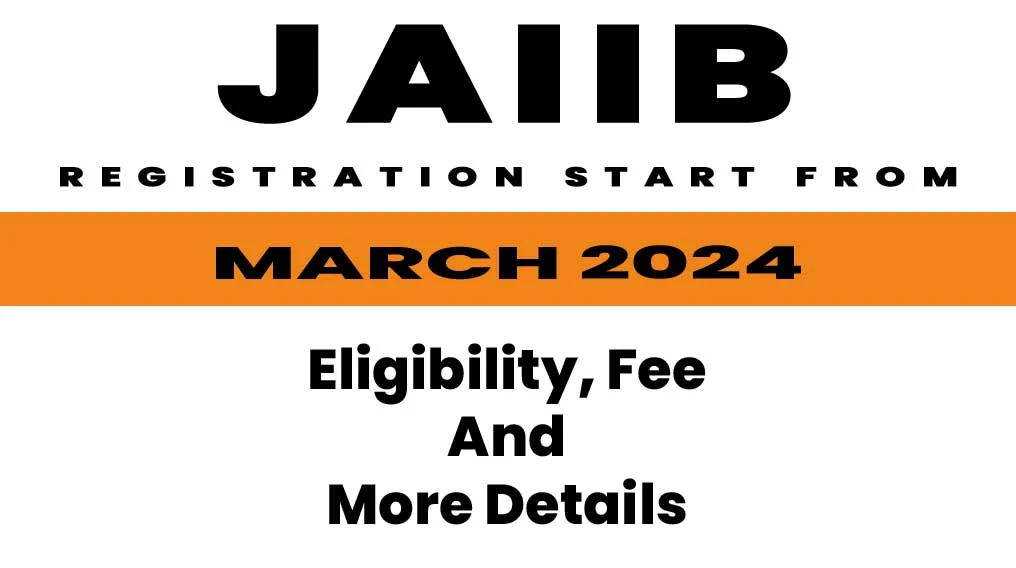It took only 20 years, but Sir Richard Branson has finally begun commercial operations with his rocket plane from Virgin Galactic, Unity.
The vehicle flew over the New Mexico desert on Thursday to allow three Italians to conduct scientific experiments in microgravity conditions.
This was the first “paid” mission, rather than just a test flight.
Sir Richard will now start sending approximately 800 ticket holders to travel on Unity.
The 72-minute mission took off from Spaceport America at 8:30 a.m. local time (14:30 GMT) and was broadcast live worldwide.
After less than an hour into the mission, reaching an altitude of 44,500 feet (13,600m), the carrier aircraft Eve released Unity to ignite its engine and propel to the edge of space. At the peak of its climb, the rocket plane was at 279,000 feet (85km).


American billionaire Dennis Tito became the world’s first space tourist in 2001, paying $20 million, and Jeff Bezos’ space company, Blue Origin, beat Virgin Galactic in the race to take paying passengers to space.
Amazon founder has a rocket and capsule system called New Shepard. It’s a different approach to Unity but essentially does the same job of taking people on short hops above the atmosphere.
Some of the Virgin Galactic ticket holders have been waiting for over a decade for the chance to visit the edge of space, and most will still have a long wait.
Unity can carry only a handful of passengers at a time, and with a mission rate of one outing per month, it will take time to clear the backlog.
The pace won’t improve until Virgin Galactic introduces a new class of rocket planes that are expected to make their commercial debut in 2026. These vehicles will have a flight cadence of once per week.
Following Thursday’s mission, Michael Colglazier, CEO of Sir Richard’s company, said, “This historic flight was our first commercial flight and our first dedicated commercial research mission—ushering in a new era of repeatable and reliable access to space for private individuals and researchers.”
Its introduction will also be vital to making a profit for Virgin Galactic.
Thursday’s mission was bought for the Italian Air Force and the Italian National Research Council.
Colonel Walter Villadei, Lieutenant Colonel Angelo Landolfi, and engineer Pantaleone Carlucci oversaw a series of experiments during the flight, including a study on how weightlessness affects liquid mixtures and the behavior of biological cells.
The trio was accompanied in the passenger cabin by astronaut instructor Colin Bennett, and at the controls of Unity, pilots Mike Masucci and Nicola Pecile.
It has been a long journey to bring Virgin Galactic into commercial service.
The company was founded in 2004 to explore the technology embodied in SpaceShipOne. This was a small privately funded rocket plane that won a $10 million prize for flying to space twice in two weeks.
At that time, Sir Richard thought he could introduce a passenger spacecraft based on the SpaceShipOne concept by 2007.
But the engineering challenges were much greater than anyone had anticipated, and the project nearly gave up when the first prototype vehicle, called Enterprise, broke up during a test climb in 2014, killing one of the two pilots on board.
It wasn’t until December 2018 that Virgin Galactic achieved the successor, Unity, above 80 km – the altitude considered as “outer space” by some organizations.
Sir Richard himself finally occupied a seat aboard the plane in July 2021 for a flight experience he described as “extraordinary.”
Thursday’s mission was designated “Galactic 01” by the California-based company. Galactic 02, which will carry the first paying passengers, is scheduled for August.
Also Read : Twitter Users Report Issue With Website
The advertised price for a ride on the rocket plane reached $450,000 (£350,000).
Unity is a suborbital vehicle. This means it can’t reach the speed and altitude required to keep it in space to orbit the globe.
The spacecraft is designed to offer passengers breathtaking views at the top of its climb and allow them to experience weightlessness for a few minutes.
Unity is first carried by a much larger airplane to an altitude of about 15 km (50,000 feet), where it is released. A rocket engine at the back of Unity then ignites to blast the ship into the sky.
The maximum height achievable by Unity is approximately 90 km (55 miles or 295,000 feet). Passengers can unstrap to float up to a window. Unity folds its tailbooms on descent to stabilize its fall before gliding back home.



